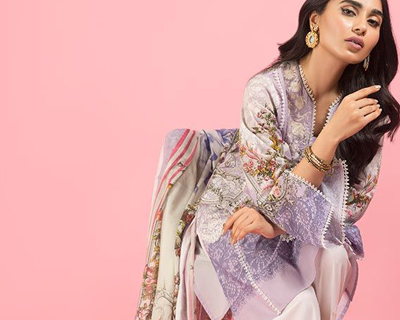Kurta's and its History Article

Kurta Article
A kurta (or sometimes kurti, for women) is a loose collarless shirt worn in many regions of South Asia,[1][2] and now also worn around the world.[3] Tracing its roots to Central Asian nomadic tunics, or upper body garments, of the late-ancient- or early-medieval era, the kurta has evolved stylistically over the centuries, especially in the South Asia, as a garment for everyday wear as well as for formal occasions.[4]
The kurta is traditionally made of cotton or silk. It is worn plain or with embroidered decoration, such as chikan; and it can be loose or tight in the torso, typically falling either just above or somewhere below the knees of the wearer.[3] The front and back of a traditional kurta are made of rectangular pieces, and its side-seams are left open at the bottom, up to varying lengths, to enable ease of movement.[3] The sleeves of a traditional kurta fall to the wrist without narrowing, the ends hemmed but not cuffed; the kurta can be worn by both men and women; it is traditionally collarless, though standing collars are increasingly popular; and it can be worn over ordinary pajamas, loose shalwars, churidars, or less traditionally over jeans.[3]
Contents
History
According to author Roshen Alkazi, stitched (i.e. cut and sewn) attire came to South Asia from Central Asia. There was a trickle during the Scythian/Parthian/Kushan invasions of the late ancient period,[12] which markedly increased after the incursions of Mahmud of Ghazni, the floodgates opening with the Muslim conquests of the late 12th century, until the kurta became an item of common attire during the Mughal period.[13][14]
According to Alkazi:[11]
...In the Ghaznavid period, we have only one clear visual reference to their actual costume, those worn by the Mamluk (slave) palace guards of Mahmud of Ghazni, in the wall paintings of Lashkari Bazaar in Afghanistan. They wear the qaba made of rich patterned textiles. This was a mid-calf length tunic with long narrow sleeves and tiraz. The opening is from right to left and has a small loop for closing it higher at the left shoulder. This closing at the left shoulder was one of the earliest forms of neck closing and a relic of this is still seen in the Russian tunic and in the contemporary kurtas used in certain parts of India, both of which close at the left shoulder. (p 467)

